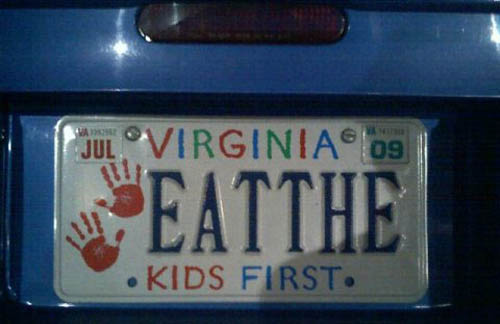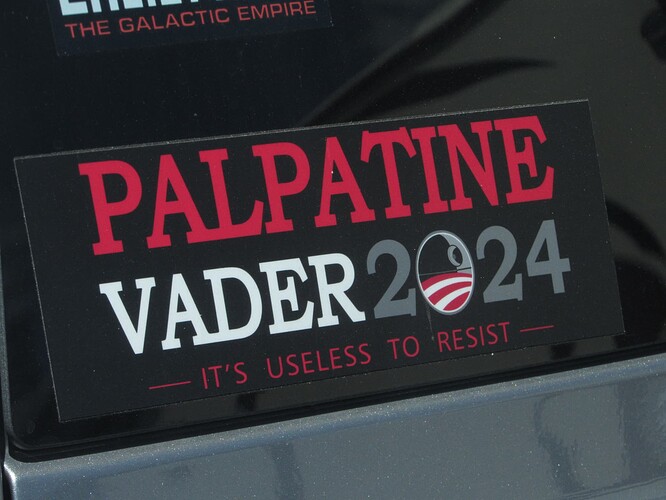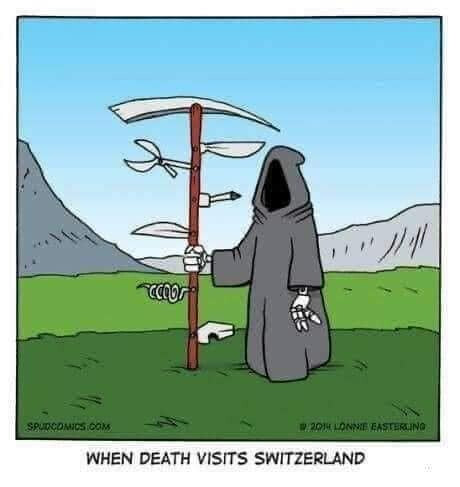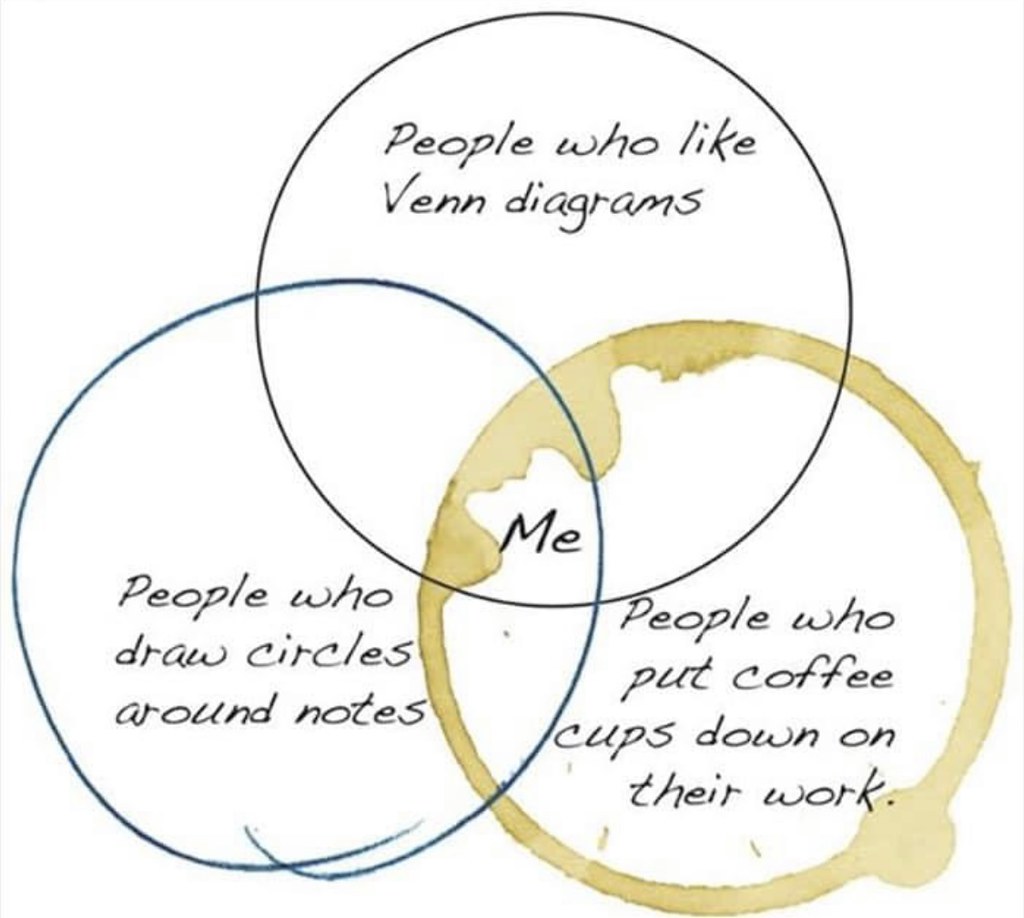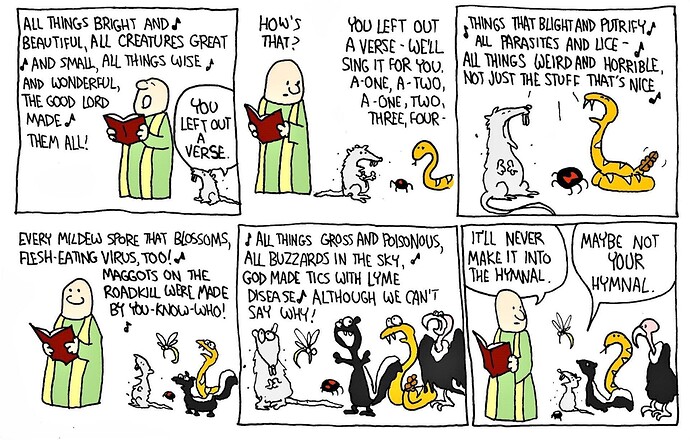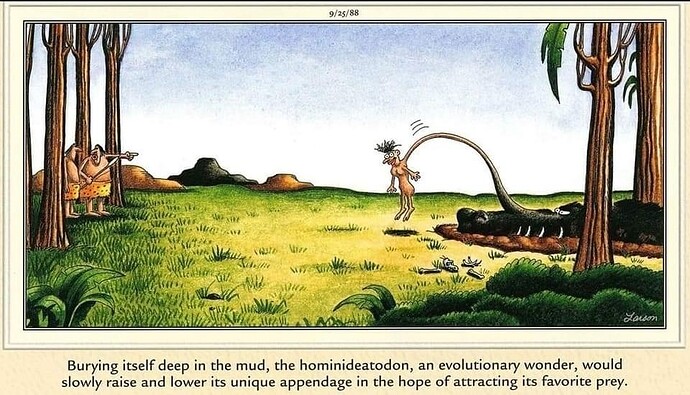It’s actually an ‘argument’ from contradiction*: God says:
“You shall not make for yourself a carved image, or any likeness of anything that is in heaven above, or that is in the earth beneath, or that is in the water under the earth. You shall not bow down to them or serve them, for I the Lord your God am a jealous God"
Then He gives commands for the Tabernacle and later the Temple for there to be images, and Solomon adds some on his own initiative as the Temple is being built, and God blesses the Temple and sets His presence on/in it – so an apparent contradiction, a way of teaching rabbis have loved pretty much since there have been trained rabbis; the point is to think it through and go back to the source if there is one to see the resolution.
In this case, back up a step:
“You shall have no other gods before me.”
Oh, wait – that’s the standard translation, but it’s dishonest because they dropped a word, and that word is very important because it also appears in the “images” statement. This should read (going a bit literal to catch the sense):
“Not shall there be to yourself gods – other ones – before Me.”
So there’s actually a parallel going on here; “No images for yourself” and “No other gods”, and though there’s material in between the parallel is still important: the two statements are a ‘bonded’ pair, so the second has to be taken in light of the first.
And in case the student missed the connection, God makes it moderately explicit:
“You shall not bow [yourself] down to them or serve them.”
I put “yourself” in brackets because it isn’t a separate word in the Hebrew, but the Hebrew word “bow down” is in a form that carries a reflexive sense, so not just “bow down”, but an emphatic “bow yourself down”.
So it isn’t actually a blanket prohibition of images, it’s a bit of commentary on the Word against other gods, like, “Yes, Israel, I mean all those little wooden and clay figurines you keep secret in your houses and pray to – you made them for yourselves, and since you bow down to them I meant them, too, when I say ‘No other gods’… just in case you were thinking that those are okay because they’re not in a shrine or temple”.
It’s always fascinated me that the Jews had images all over the Temple yet thought this was a separate commandment.
= = = + = = = + = = = + = = =
trivia: the Hebrew word in question is “פֶ֣֙סֶל֙”, “pesel” (kinda rhymes with “vessel”), and it really ought to be translated as “crafted”, because it’s used of making things by carving, hammering, finishing metal that was shaped in a mold, shaping clay, inscribing (chiseling), etc. It started off having to do with carving but expanded to cover any form achieved by applying force.
.
.
- I came to this on my own but had it confirmed by a rabbi visiting St. Louis University whom I bumped into in the rare books room; he asserted that Israel knew this but radicalized at the time of Ezra and Nehemiah and then even more legalistic with the Maccabee rebellion.
